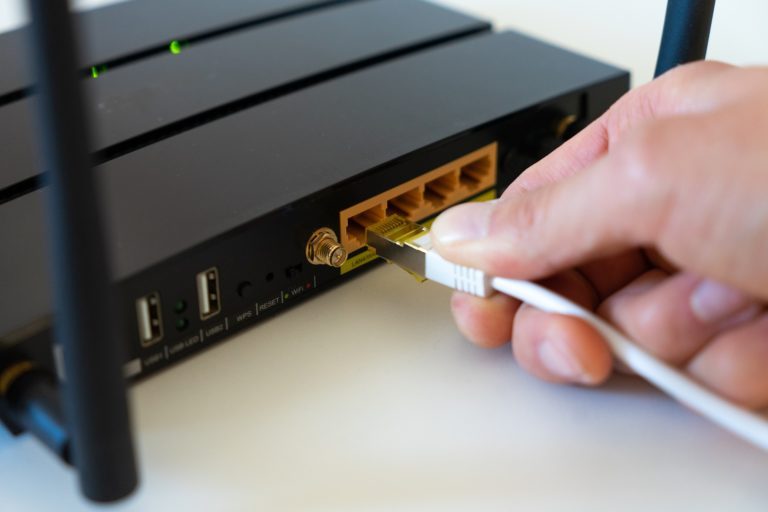What is NAT Traversal?
Network Address Translation Traversal (NAT-T) is a technique for establishing and maintaining Internet Protocol connections through gateways that implement Network Address Translation (NAT). Specifically, IPsec with NAT traversal allows an IPsec connection to be established via a NAT router. The method captures whether NAT is used in connection establishment and whether the sites support NAT traversal. In this case NAT-Traversal packages the ESP traffic into UDP packets and provides them with a UDP port that is translatable via NAT. Usually the UDP port 4500 is used. You are on the safe side with the ports UDP 500, UDP 4500 and TCP 10,000 and if the IP protocol ESP is open between the VPN partners.
NAT Traversal and VPN Passthrough (NAT vs. IPsec) strive to solve the same problem. However, IPsec passthrough only works within a manageable scope. Compared to NAT-T, the passthrough method must be implemented in the NAT routers.
Can I use a VPN with my NAT router?
Basically, anyone can establish a VPN tunnel via a NAT device. You just have to configure the WLAN router accordingly. The current Windows operating system enables native network address translation for a virtual network. Mac OS also requires a special configuration.
IPsec client
In the VPN client, activate the Enable Transparent Tunneling option in the settings. Select either IPSec over UDP (NAT/PAT) or, if this is not possible, IPSec over TCP with TCP port 10,000.
Attention: Behind a NAT router, usually only one user can establish VPN tunneling at a time, since the local address is executed via NAT to the IP address of the Internet access. Two VPN users can run with one router using IPSec over TCP with TCP port 10000, as long as there are two different logins.
AnyConnect Client
The AnyConnect client uses the TCP and UDP protocols, both port 443 for the VPN connection. Both TCP and UDP can be processed by NAT routers.
What is the difference between route and NAT mode in VPN configuration?
When configuring for a site to site VPN (LAN to LAN) between two sites, there is a choice between Route or NAT modes.
Route Mode vs NAT Mode
The difference between route mode and NAT mode lies in the access options: In route mode, the clients of both endpoints are able to reach each other. With the dial-in router as a remote gateway, both computers can access the Internet in this case.
This is not possible in NAT mode: only clients on the dial-out side can access the network on the dial-in side. NAT mode prevents another client from accessing its own network. It is used when connecting to a VPN service.







